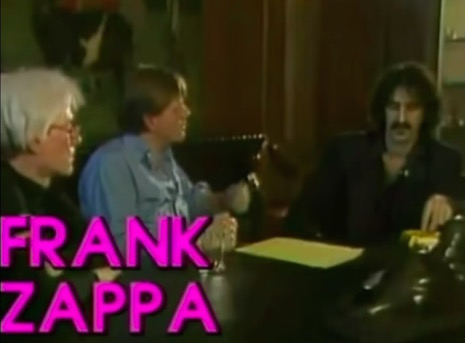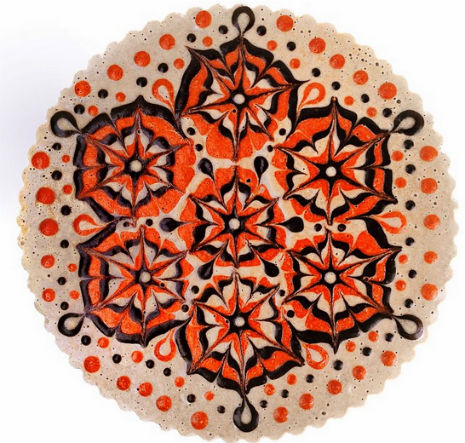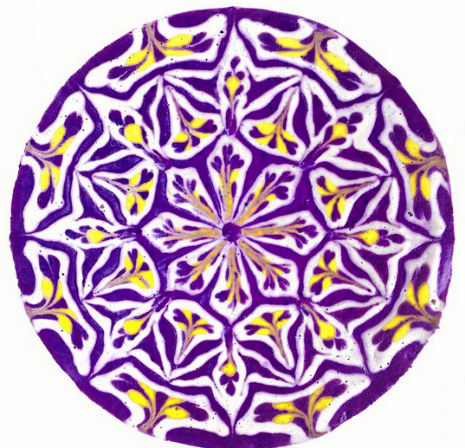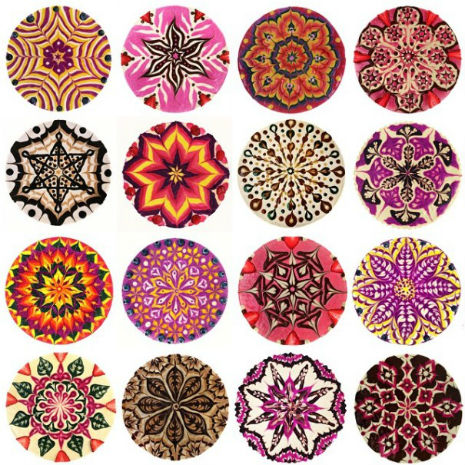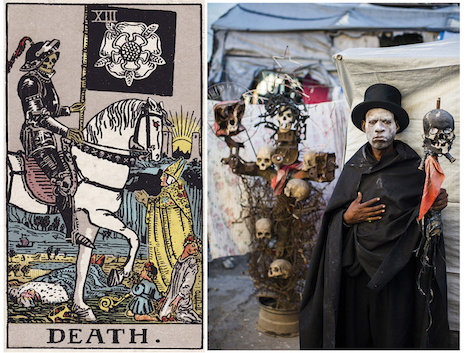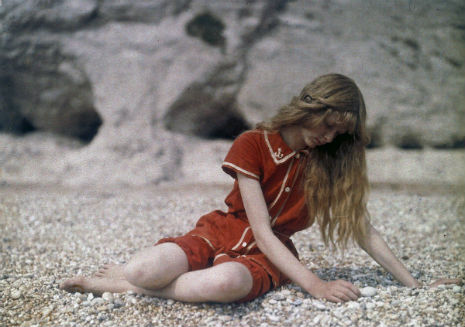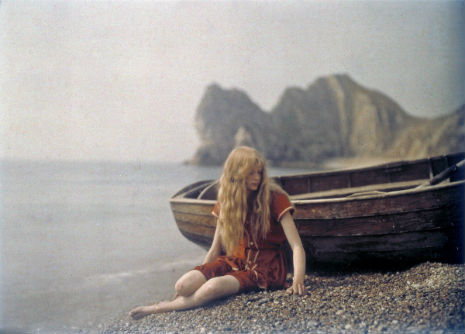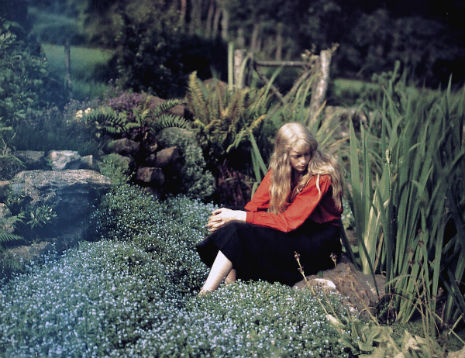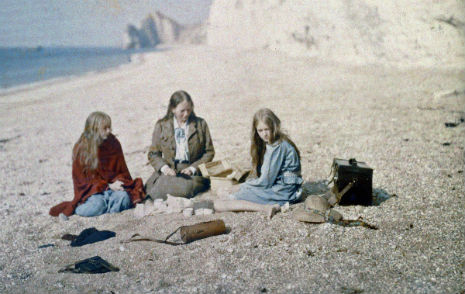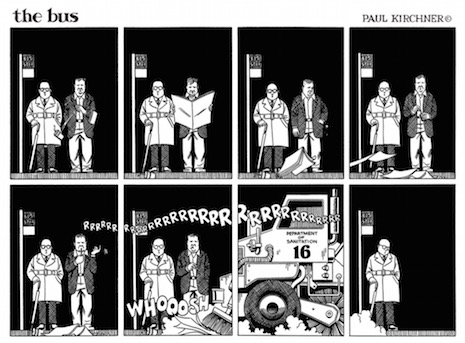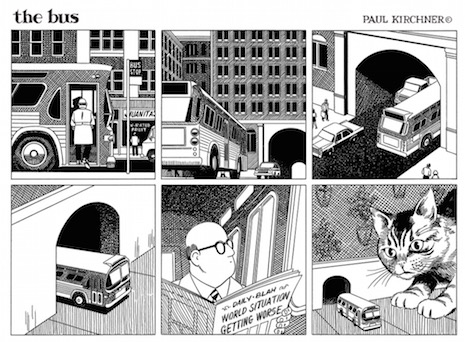
Csillagok háborúja: A Birodalom visszavág—Star Wars: The Empire Strikes Back
One of the differences between the first, “good” Star Wars trilogy and the second, “bad” trilogy is that the Cold War was happening when the first three movies came out. OK, it would be a stretch to argue that the Cold War with its more limited international audiences had an influence on how these movies turned out, but the fact remains that in the mid-1970s George Lucas was primarily addressing American audiences first and foremost; given the massive cult that has arisen around the franchise, when Lucas returned to telling the story of the ragtag band of space rebels in the 1990s, it was reasonable enough for him to suppose that he would be addressing all of humankind.
By the time the third movie, Return of the Jedi, came out, it was 1983, and the Cold War officially had six more years to go. The term “Soviet bloc” perhaps disguises the extent to which the various East European countries had differing levels of autonomy vis-à-vis relations with the West. After the failed Hungarian Revolution of 1956, the country came under the control of the Soviet loyalist János Kádár, but even so, willful Hungary developed its own distinctive brand of “goulash communism” and always remained considerably less repressive than the USSR or East Germany overall.
The release dates of the three movies are an indication of how different things were then. All three movies came out in May in the United States—the first and third movies actually came out on my own 7th birthday (May 25, 1977) and 13th birthday (1983), respectively—Empire was released on May 17, 1980. Star Wars: A New Hope came out in Hungary in August of 1979, fully two years and a few months after its U.S. release. The Empire Strikes Back came out in Hungary in January 1982 and Return of the Jedi in September of 1984—so by the third movie the gap had narrowed to a mere sixteen months, still far longer than it would take today, of course.
The Rembrandt, the Michelangelo—well, let’s say the Hieronymus Bosch of Hungarian Star Wars posters is clearly one Tibor Helényi, who was also a respected painter in Hungary.
My favorite aspect of Helényi’s posters are his inclination to insert big scary lizard creatures who find no correlative in the movies—plus pretty much none of the famous characters are represented, with the obvious exception of Darth Vader, who gets the most play by far (you would think that this might be true of the U.S. posters too, but it’s really not).
Also, I don’t know if Helényi borrowed or invented that nifty notched font, but I really like it. Typographers, can we get that one into regular rotation?
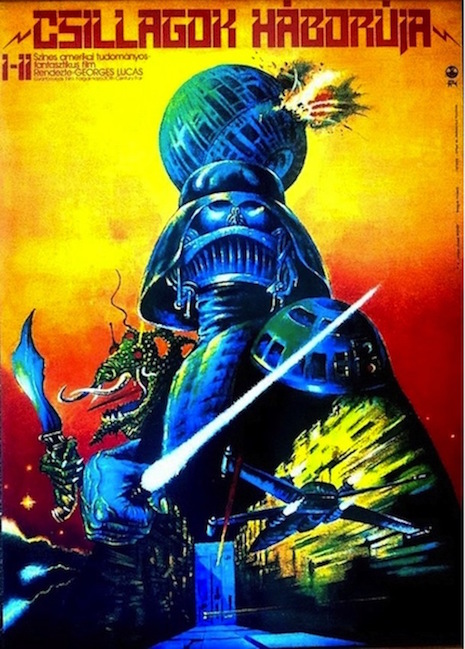
Csillagok háborúja: Új remény—Star Wars: A New Hope
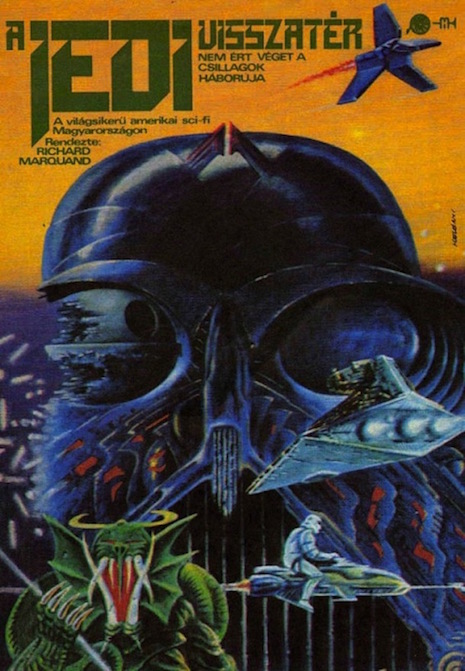
Csillagok háborúja: A jedi visszatér—Star Wars: Return of the Jedi
Oh yeah, here’s another Hungarian poster for Star Wars: A New Hope by an András Felvidéki, which is completely strange in a very different way.
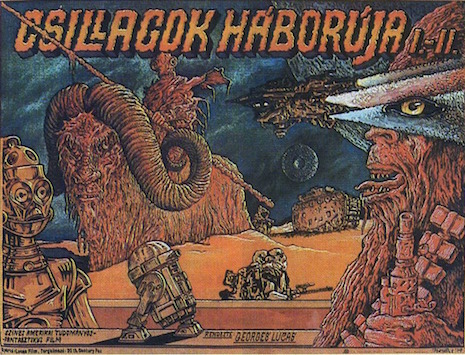
via io9
Posted by Martin Schneider
|
04.27.2015
03:27 pm
|
